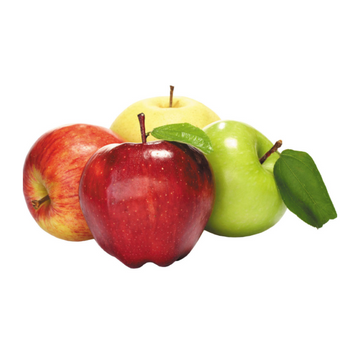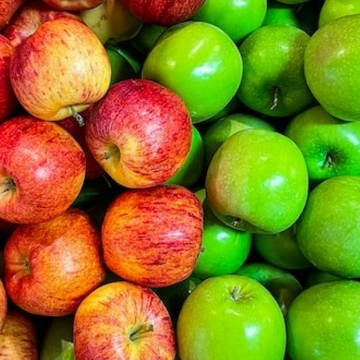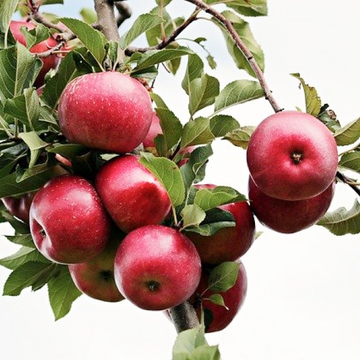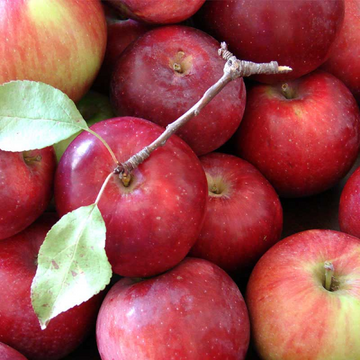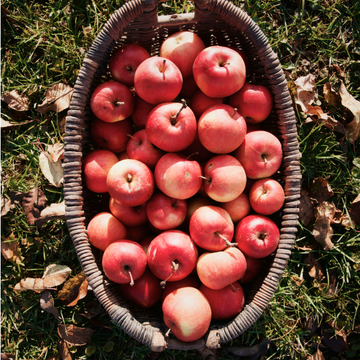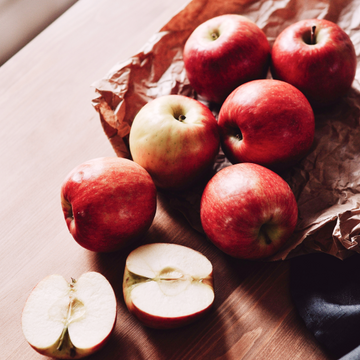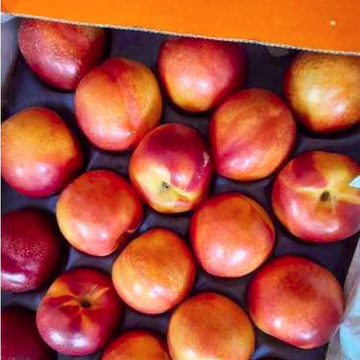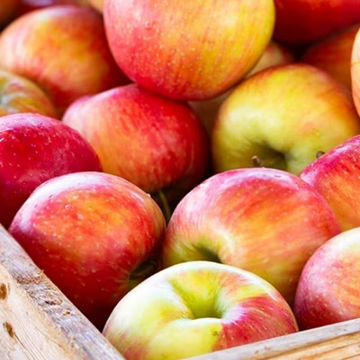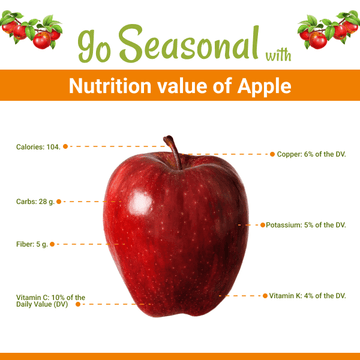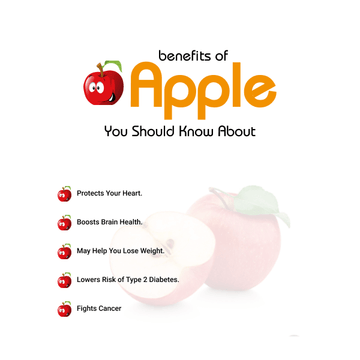Buy Apple(سیب) - 1kg
Best offers: 1kg
Quantity:
This product is currently out of stock, but you can place an order through WhatsApp. We'll try our best to make it available for you if possible
The apple is thought to have been domesticated 4,000–10,000 years ago in the Tian Shan mountains, and then to have travelled along the Silk Road to Europe, with hybridization and introgression of wild crabapples from Siberia (M. baccata), the Caucasus (M. orientalis), and Europe (M. sylvestris). Only the M. sieversii trees growing on the western side of the Tian Shan mountains contributed genetically to the domesticated apple, not the isolated population on the eastern side...
Chinese soft apples, such as M. asiatica and M. prunifolia, have been cultivated as dessert apples for more than 2,000 years in China. These are thought to be hybrids between M. baccata and M. sieversii in Kazakhstan.
Among the traits selected for by human growers are size, fruit acidity, color, firmness, and soluble sugar. Unusually for domesticated fruits, the wild M. sieversii origin is only slightly smaller than the modern domesticated apple.
At the Sammardenchia-Cueis site near Udine in Northeastern Italy, seeds from some form of apples have been found in material carbon-dated to around 4000 BCE. Genetic analysis has not yet been successfully used to determine whether such ancient apples were wild Malus sylvestris or Malus domesticus containing Malus sieversii ancestry. It is generally also hard to distinguish in the archeological record between foraged wild apples and apple plantations.
Benefits:
-
Protects Your Heart.
-
Boosts Brain Health.
-
May Help You Lose Weight.
-
Lowers Risk of Type 2 Diabetes.
-
Fights Cancer
Uses of Apple:
Fresh Consumption: Apples are often eaten fresh as a healthy snack.
Baking: Apples are used in baking recipes such as apple pies, tarts, cakes, muffins, and strudels.
Cooking: Apples can be cooked and used in dishes like applesauce, apple butter, and baked apples.
Salads: Sliced apples are added to salads for a sweet and crunchy element.
Juice and Cider: Apples are used to make apple juice and apple cider, both alcoholic and non-alcoholic.
Smoothies: Apples can be blended into smoothies for a nutritious drink.
Sauces and Chutneys: Apples are used to make various sauces and chutneys that complement savory dishes.
Nutrition value :
One medium 7-ounce (oz) or 200 grams (g) apple offers the following nutrients:
-
Calories: 104.
-
Carbs: 28 g.
-
Fiber: 5 g.
-
Vitamin C: 10% of the Daily Value (DV)
-
Copper: 6% of the DV.
-
Potassium: 5% of the DV.
-
Vitamin K: 4% of the DV.













